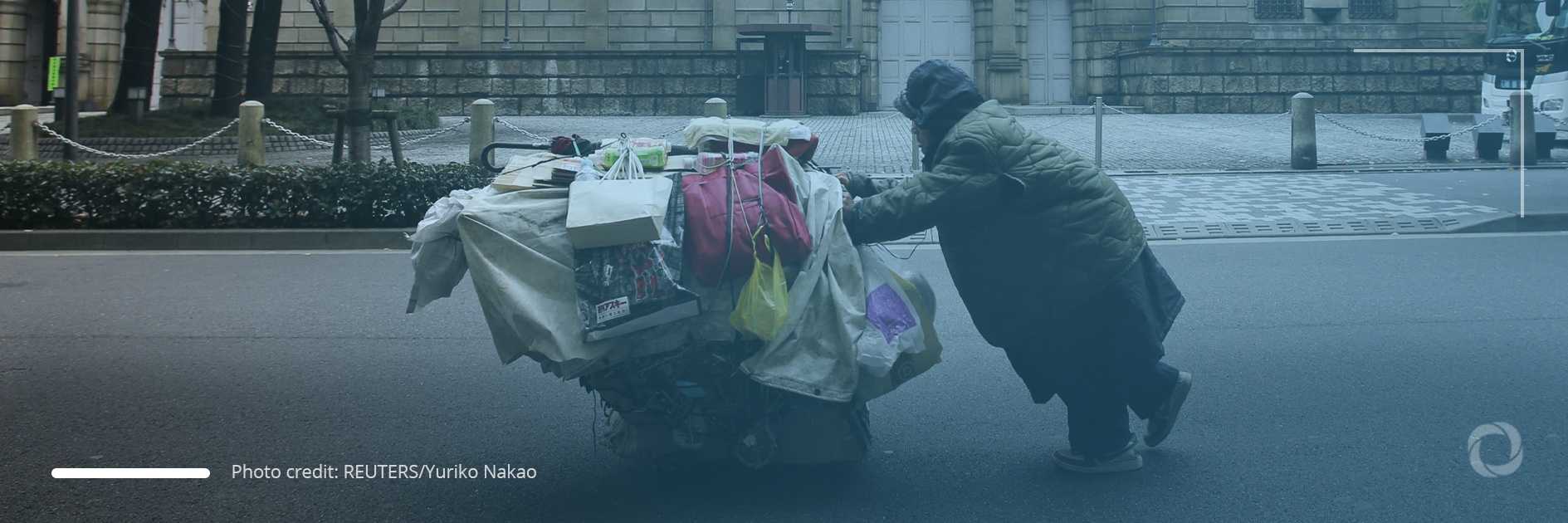The ongoing pandemic has made the rich even wealthier and the poor only poorer. Although the world, in general, has become wealthier in recent years, inequalities have also risen as has the number of people affected by extreme poverty.
The World Inequality Report 2022 prepared by the research organization, World Inequality Lab, clearly indicates that while global income has risen, not everyone has benefited equally from this growth and the COVID-19 pandemic has only widened the existing gap. Since the beginning of the pandemic, the wealth of billionaires has risen by over 3.6 trillion euros. At the same time, 100 million people fell into extreme poverty despite this level of poverty having fallen for the last 25 years.
See also: Global inequality – facts and statistics
To what extent is the world unequal?
According to the report, just 10% of the richest population accounts for 52% of the entire global income while 50% of the poorest only 8.5%. This means that every individual of that 10% earns 87,200 euros per year while people from the poorest group earn just 2,800 euros a year. The situation is similar in terms of the possession of wealth. The poorest 50% of the global population own barely 2% of the world’s wealth while 10% of the richest possess 76%.
See also: While global wealth grows, inequalities persist, World Bank says
The most unequal regions are the Middle East and North Africa where the share of income of the top 10% is about 58% whereas Europe is the most equal with 36% per the top 10%. The publication shows that since the 1980s, inequalities have increased almost everywhere and while global inequalities have decreased, those within countries have surged. The gap between the average incomes of the richest 10% in all countries and the poorest 50% for the same group declined from about 50x to less than 40x while within countries the trend is the opposite. The gap between the average income of the top 10% and 50% of the poorest is 15x whereas it had been 8.5x.
See also: Pandemic exposes structural inequalities leading to higher poverty rate
Gender and climate inequalities still very high
The report found little progress has been made in terms of curbing the gender income gap. While in 1990 women’s overall share of income was 30%, today it is a little less than 35%. However, the progress was different in the case of each country. Russia and Central Asia are the least unequal in terms of the difference between the income of men and women while the Middle East and North Africa were the most unequal.
Inequality also affects climate change with 10% of the richest people being responsible for about 50% of all global emissions while 50% of the poorest account for only 12%. However, differences were found not only between the rich and the poor but also amongst regions. While in North America every individual from the group of the poorest 50% emits 10 tonnes of CO2 per year, in East Asia every person from the same group emits 3 tonnes.
How can inequalities be curbed?
Improving equality in terms of income will be impossible without appropriate policies being implemented by governments according to the report’s authors. Governments should focus on more efficient redistribution of wealth by introducing progressive taxation for the wealthiest and investing the money gained in education, health care, and ecological transition. They came to a similar conclusion in terms of global carbon emissions, arguing that climate policies should target the wealthy polluters by introducing carbon taxes because low- and middle-income groups are more affected by climate change while they contribute less to it.


